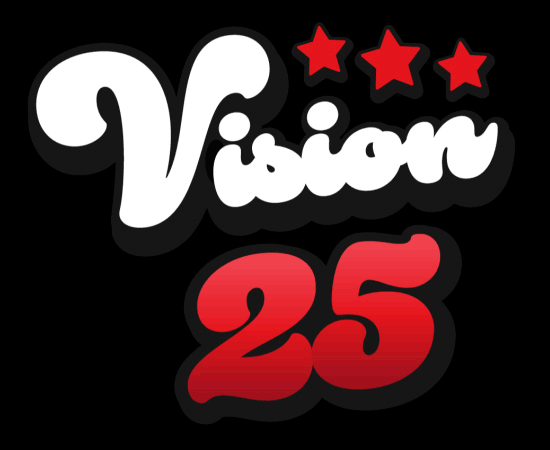Written by: Tim Conkle, CEO of The 20
Anyone in marketing or sales is familiar with the traditional funnel model. While who does what may have changed, the model has ultimately stayed conceptually the same. Marketing builds awareness and interest, and sales converts the leads into paying customers. The line demarcating the hand-off between marketing and sales is going to depend on the company and the clients. Your goal is to make this process as efficient as possible.
The marketing process feeds into the sales process, but the entire process can be described as creating awareness, developing interest, refining this interest into a desire and fulfilling the desire (with your product or brand). Different marketing and sales teams may further split these tasks into things like evaluation, consideration and so on.
Our principle model is built on teaching our partners to grow from break-fix into modern managed service providers. By shoring up the traditional sales funnel, we enable ourselves and our partners to let the chaff fall out early and let the grains settle where they’re easy to get at without wasting time or effort.
Once you, as a managed service provider, understand what the funnel is, you can begin to make it efficient. You’re going to lose a lot of your leads at each step, too, so don’t waste time or resources on a lead that is going nowhere. Build inertia with your prospective lead, and direct them toward your sales. Plug any leaks in your process. Your marketing team should act as a filter to prevent the whole system from getting clogged in addition to generating the initial leads.
Building Inertia
Once a lead makes it past the initial filter, build inertia with them. As Sir Isaac Newton noted, an object at rest stays at rest, and an object in motion stays in motion. Get your prospective client in motion. They know who you are, and they’re at least a little interested by the time they make it through the biggest filters, so how do you get them to sign?
Set expectations of what you’ll do and how. The more concrete, the easier the dream is to sell. Get them thinking about how you, as their service provider or vendor, will help them accomplish the goal they’re looking to reach. Don’t let them think of if you’re their vendor or provider. Instead, tell them what you’ll do for them when you are.
A little bit of inertia is going to discourage them from shopping around as seriously. They’ve already invested some hope into you being part of the process. If you set the expectations right and get them sold on your service, they’re going to get what they want, and you’ll get what you want. Push them forward, and keep them moving without pushing too hard.
Directing Movement
Getting them moving is just one part of the process. You need them to move in the right direction. If you find the client just won’t be a good fit (your service doesn’t fit them and the money isn’t there to make it fit), then let them go without burning the bridge. If a client is a good fit, push them to start making the right decisions to help both of you.
How you direct the client depends on what they want or what they’re trying to do. For example, if a company is selling luxury goods, it sells the idea of the brand rather than the item itself. The customer’s interest has already piqued, so how does it convert this interest into desire?
If another company is selling luxury watches and a client mentions camping, it sells them on that dream by directing their excitement toward that watch being a part of their life. The watch they’re looking at is both waterproof and stylish. It fits an active and sophisticated life. It sells the watch as being a reflection of them and their goals. Inertia got them in the door, and the company is now directing them to the register.
This same principle applies to services. If they’re hands-off, show them how you make it easy for them. If they want to steer, show them how you listen and let them stay involved. Your service is a reflection of their business and goals.
Preventing Leaks
Make your correspondences keep them in your space. Don’t link to a competitor’s website. Don’t use too many outbound links that don’t benefit you. These just lead to the direction getting muddled. This also factors into plugging earlier leaks in the funnel.
Make it easy for them to continue with the sales process. What happens when you go to a site and have to sign up for an account just to see a price? For most people, they just leave. All of the awareness, interest and desire get tossed out because the process wasn’t easy. It was a waste of your time and theirs.
For managed services, get them to sign something, whether it’s an NDA or a discovery agreement. This first contract solidifies the bond you’ve been building and prevents them from just grabbing the secret sauce and finding someone cheaper who can talk the talk. Very few clients shop for managed services simply because they can do them but don’t want to. They may not understand that going cheaper has its costs and risks even though the stereotypical used car salesman at your competitor promised them otherwise.
Fixing The Funnel And Moving Forward
Understand the funnel in general and how it works at your company. Get marketing to filter out the obvious bad fits to make it easier to prevent the filter from getting clogged. Build inertia, and don’t let the filter leak needlessly. You’re going to have leads miss, but when you optimize your sales process, you reduce the cost and the waste at each level.
Are there places you can build more inertia? Are there places where you’re having leads misdirected? Break down your process, and see what you can optimize. Use data and analytics to make metrics to further optimize your sales funnel. Once you get the more human side of the process down, you can focus on measuring it. There’s no point in doing analytics on something that doesn’t work.


